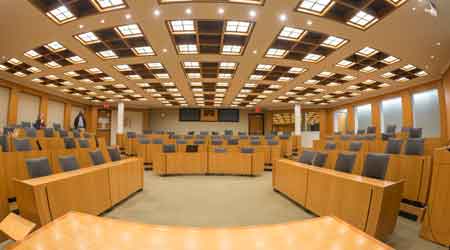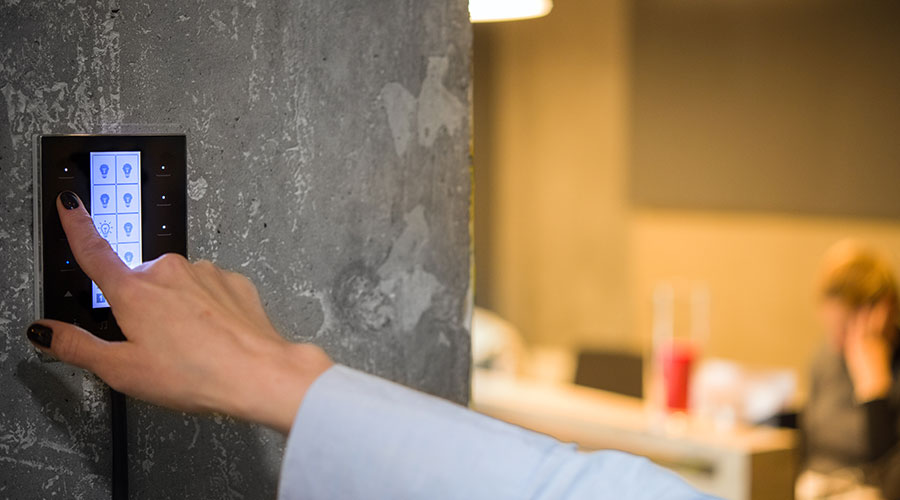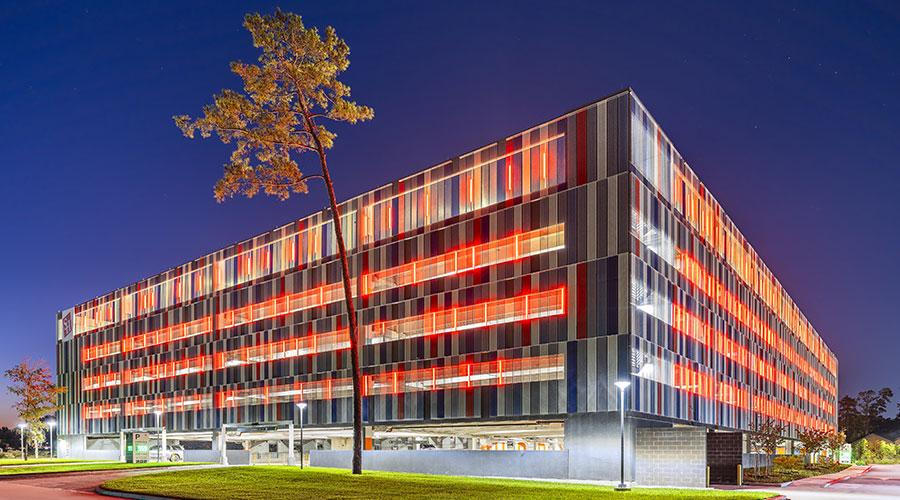Princeton Maintenance Teams Kept Schedule Fluid During LED Projects
Part three of a four-part article on Princeton University's LED Upgrade
The original strategy employed by the facilities team for the lighting upgrades was to address the largest buildings first and achieve the greatest energy savings possible before moving to the smaller buildings. But Robertson learned one valuable lesson halfway through the project.
“If I had to give any higher institution advice, I think the biggest challenge they will face is trying to satisfy the occupants in a space,” he says. “When going from fluorescent to LED, some people are not accepting of change, and they’re not willing to change. You have to be able to break that barrier to where they accept there is new lighting coming in, and ... it will look slightly different. But being flexible, where we’ve changed color temps and orientation of bulbs, that’s a common occurrence we need to anticipate and plan for moving forward.”
To demonstrate the way unique aspects of facilities can present upgrade challenges and extend project schedules, Robertson offers the example of a campus theater group that wanted to match the color temperature of the new lighting with the sets they were building to match how they would look on stage.
“We found high-bay 3,500 Kelvin product that didn’t meet their satisfaction, so we took a theatrical gel to make a color correction and had it cut and put between the lenses to bring the 3,500 Kelvin fixture to 2,900,” Robertson says. “That project was supposed to take three months and it took a year and six months because of studies and trials associated with the group's lighting requirements.”
Trying to meet the university’s policy on return on investment (ROI) also forced the facilities team to think outside the box. No lighting project’s ROI could exceed five years.
“For projects to be approved, we were required to justify that the LED lighting upgrade would fall within a five-year payback timeframe,” Robertson says. “Our strategy of mostly re-lamping with favorable paybacks allowed for approval on new fixture products that just exceeded the five-year threshold. Combining the paybacks between multiple projects provided a net payback that met university requirements for funding approval. That was and is always a challenge.”
Throughout the upgrades, the department has tried to keep a building’s appearance as close to the original look as possible.
“I’ve got a building that was built in 1909 and is under constant renovation,” Morris says. “You can imagine from the early part of last century until now, there’s a mixed bag of fixtures, including original fixtures that look like old school house lamps or fluorescent fixtures. In some cases, you go into an office, and it looks like it did in the earlier part of the century. We just retrofit new lamps and put a new ballast on and a lamp in order to get rid of the T12s.”
The major hurdle in the department’s plan to upgrade the largest buildings first was trying to work around classes in order to avoid disrupting students’ activities.
“The one key to the program was to develop a fluid schedule,” Robertson says. “Buildings constantly change, and the scheduling is the key thing. We try to utilize and coordinate with the construction group. A building may not be on the radar, but all of a sudden the next day it pops up, and it’s the No. 1 priority.
“One thing we’ll try to tackle this summer is the dorm buildings. You’d think summer would be the most opportune time to do it, there are so many camps and activities going on that utilize those dorms, it’s nearly impossible. You just have to try and work around the two-three days they are unoccupied.”
Related Topics:















